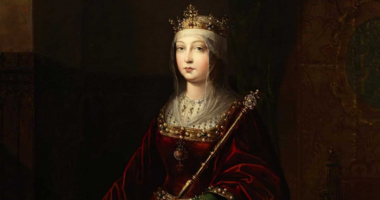Top 6 Interesting Facts about Jane Goodall
Dame Jane Morris Goodall DBE, previously Baroness Jane van Lawick-Goodall, is an English anthropologist and primatologist. She was born Valerie Jane ... read more...Morris-Goodall on April 3, 1934. Being regarded as the foremost authority on chimpanzees in the world, Goodall is best known for her 60-year investigation into the social and family relationships of wild chimpanzees. Goodall first visited Tanzania's Gombe Stream National Park in 1960, where she saw chimpanzees engaging in human-like behaviors like armed conflict. To know more about this wonderful woman, Toplist will share some interesting facts to you.
-
To begin the list of interesting facts about Jane Goodall, let's talk about how she fall in love with animals. Jane's father gave her a plush animal named "Jubilee" in honor of the first chimpanzee to be born at the London Zoo when she was a little over a year old. Some of her mother's acquaintances were shocked by the toy and believed it would give Jane nightmares. They were unable to predict how it might affect her in a positive way.
Early on, Goodall's curiosity with animal life became apparent. When she was 4 years old, she spent nearly four hours hiding inside a small hen house as she waited to witness how an egg came out of a hen since she was so curious about it. The entire family had been looking for her in the interim and had even called the police to report her missing. Jane desired to reside in Africa so she could observe and write about animals. Jane's mother encourages her despite the fact that this is an unusual aim for a girl at the time, telling her that she will somehow succeed if she works hard, seizes the possibilities, and never gives up.
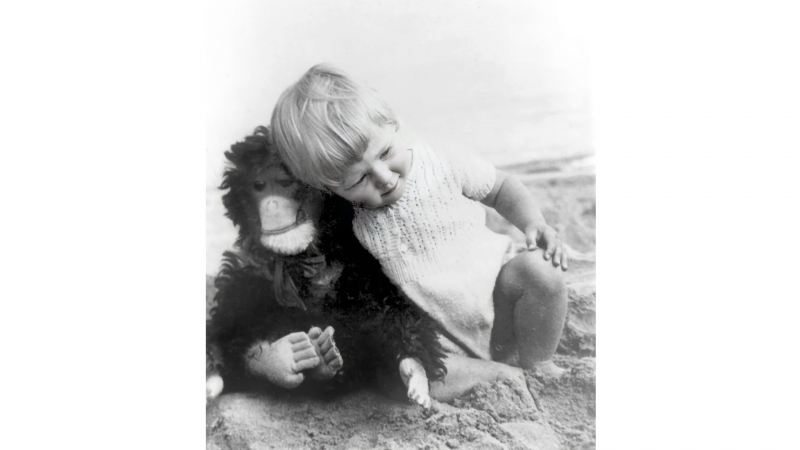
Photo: achievement.org 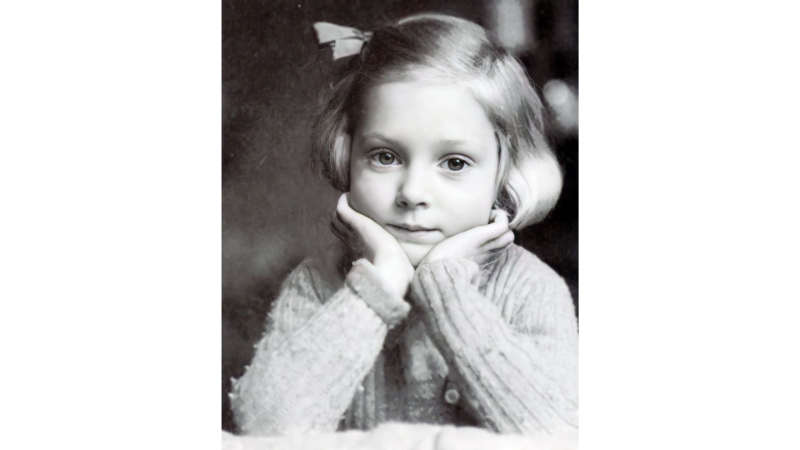
Photo: achievement.org -
As a young child, Goodall adored books about animals and Africa. The Tarzan series by Edgar Rice Burrough was one of his favorites. The tale of Tarzan served as a major source of her inspiration. When Jane was younger, there weren't any big-budget movies to watch, so she read the novels instead. Tarzan is referred to as the Jungle Lord in the literature. Tarzan, an orphaned child of English nobility abandoned on the west coast of Africa, is raised by apes when his parents pass away. He spends his entire life with them, taking care of them, and going on exciting trips.
Jane first started dreaming of moving to Africa to live among the gorillas when she was a small child and started reading about Tarzan's adventures. Her passion for that untamed continent was awakened by Burrough's tales of the African woodlands. Tarzan started to grow on Jane, and she believed that she would make a much better partner for him than the Jane he ultimately picked. She calls him a "dumb man" and says “He married the wrong Jane.”
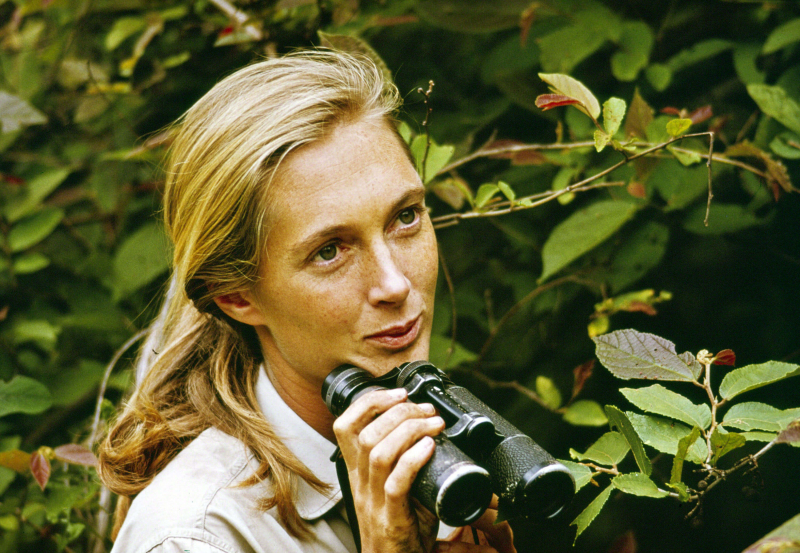
Photo: Jane Goodall Institute 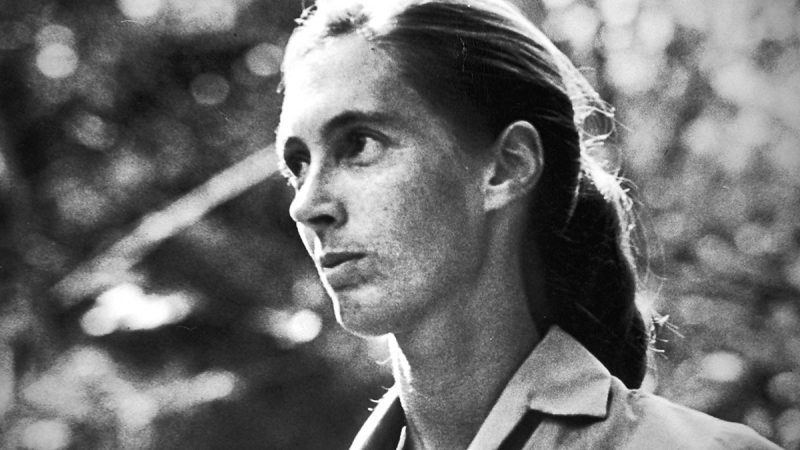
Photo: BBC -
Another interesting fact about Jane Goodall is that she earned a PhD without an undergraduate degree. Since she couldn't afford college, Goodall was encouraged by her mother to take typing and bookkeeping classes in order to get a stable job. However, Goodall found working at an office to be boring, so when a friend invited her on a lengthy trip to her family's farm outside of Nairobi, Kenya, she decided to waitress to help pay for the trip. When she was 23, she was given the opportunity to work at a natural history museum with renowned paleoanthropologist Louis Leakey. According to National Geographic, Leakey thought Goodall would be the ideal candidate to research the social life of chimpanzees at Gombe because of her love of animals and lack of any scientific training. Jane was fascinated by the notion.
Shivey claims that Goodall attended a doctoral program at Cambridge University in 1962 without having earned an undergraduate degree thanks to Leakey's influence. She was one of only a select few to do so, albeit she wasn't overly excited about it. She became the eighth person in Cambridge University history to seek a PhD without first earning a bachelor's degree when she got her PhD in ethology from the university in 1965. Her early years of research at Tanzania's Gombe Stream National Park were documented in her thesis, Behavior of free-living chimpanzees.
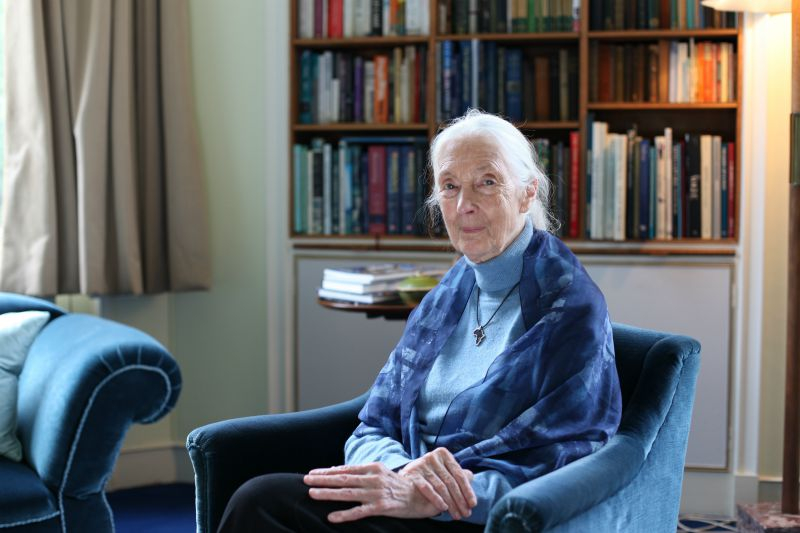
Photo: Newnham College 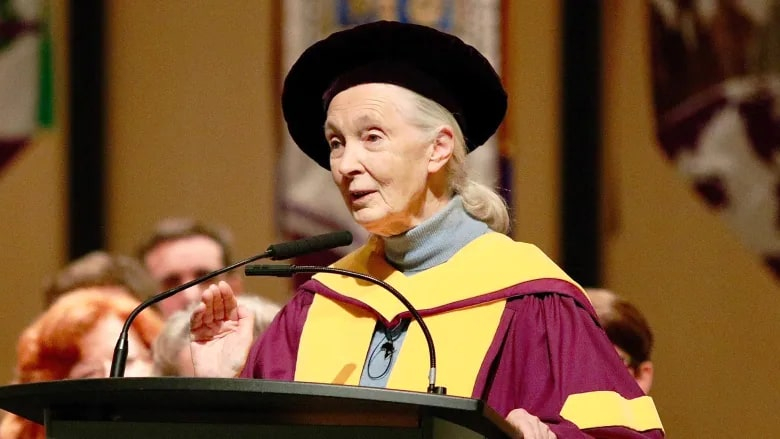
Photo: CBC -
Despite her groundbreaking discoveries, Goodall's work occasionally came under fire. It was forbidden to talk about an animal's consciousness or personality when Goodall started her investigation in Gombe Stream National Park. Most scientists merely acknowledged that animals were little bundles of stimulation and reaction, and any sort of sympathy or compassion for them was viewed as wholly inappropriate. Her investigation did find distinct, individual personalities among the chimpanzees, who also hugged, kissed, patted each other on the back, and even tickled one other, actions that humans would recognize as being uniquely human.
Instead of numbering her chimpanzees, Goodall gave them names. Numbering was utilized at the time to avoid getting emotionally involved and losing impartiality. Her claims of identity and emotion in chimpanzees had drawn unfavorable criticism from her Cambridge colleagues, and Goodall was accused of committing the worst ethological sin. In order to maintain objectivity and avoid subject attachment, it was standard procedure at the time to assign numbers to the animals.
Goodall also received criticism for luring chimpanzees with feeding stations. It was argued that this resulted in the disturbance of the animals' normal eating cycles, which fostered violence. It has been proposed in the past that eating can increase the chimpanzees' aggression, which might cause conflicts between the social groupings that Goodall observed.
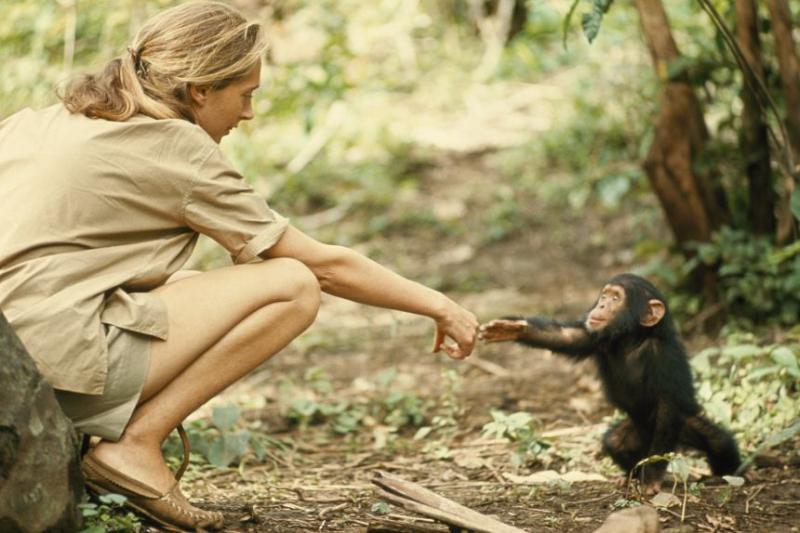
Photo: National Geographic Society 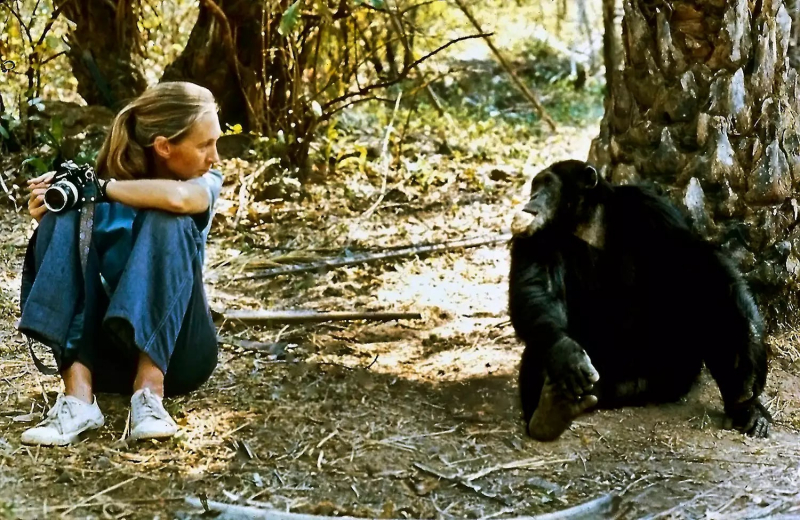
Photo: People -
Goodall is referred to as a "Trimate" together with Dian Fossey and Birute Galdikas, who studied gorillas and orangutans, as one of the three most well-known primatologists in the world. This is the fifth interesting fact about Jane Goodall we want to mention. Anthropologist Louis Leakey had chosen each of the three women to investigate hominids in their natural habitats.
The behavior of hominids, a taxonomic category that includes chimpanzees, gorillas, orangutans, and bonobos in addition to humans, was mostly unknown in the middle of the 20th century. At the time, Louis Leakey, a Kenyan-born anthropologist, was the foremost expert on primates. He intended to assemble a study team to solve some of these big apes' puzzles but was unable to find any qualified individuals among his peers. Fortunately for him, he was approached by three brave women who understood that researching these animals required leaving the comfort of the lecture hall and spending decades immersed in some of the most hostile jungles on earth. The Trimates, Jane Goodall, Dian Fossey, and Biruté Galdikas, lived among their respective study species and transformed not just how humans perceive their own behavior but also the entire field of primatology as a whole.
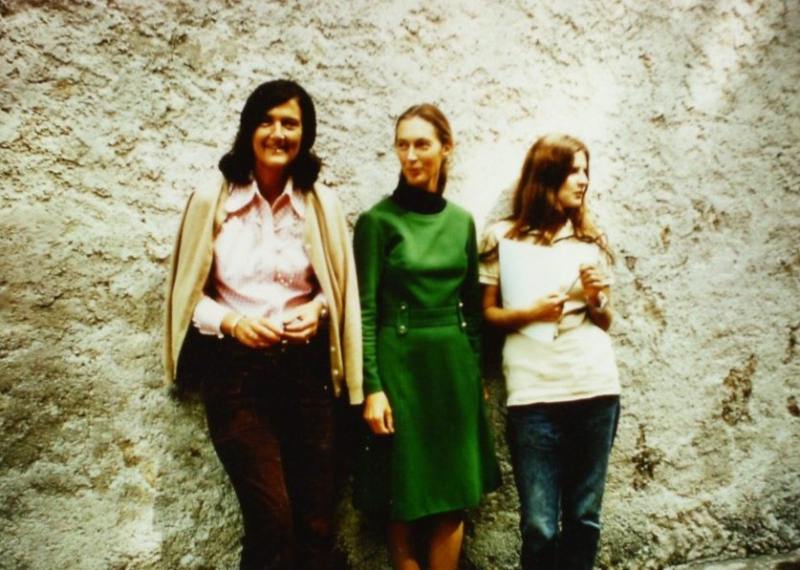
Photo: Dancing Zebra Safari Co 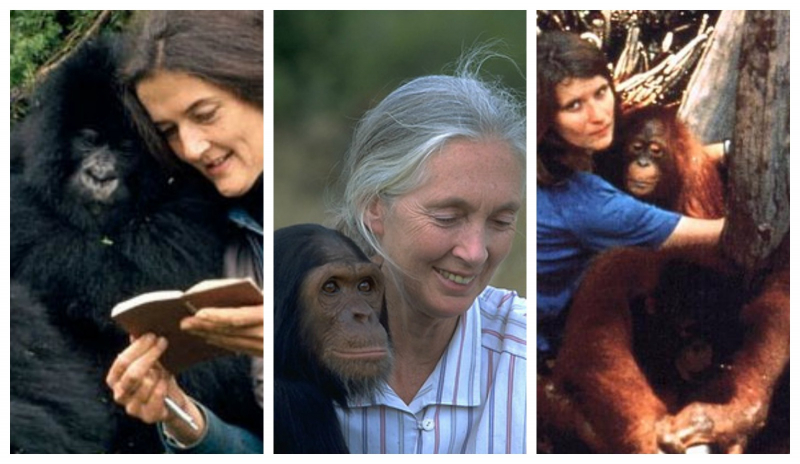
Photo: One Green Planet -
At the age of 26, Goodall produced a finding that is regarded as one of the pinnacles of 20th-century scholarship: chimpanzees can create and use tools. Her discovery was made at a time when it was assumed that only humans manufactured and utilized tools, and when people were referred to as "Man the Tool Maker." Dr. Louis Leakey, Goodall's mentor, stated in response to this finding, "We either now redefine man, redefine tools, or recognize chimpanzees as humans." In addition, Goodall noted that chimpanzees fight with nearby communities, that they are capable of altruism, and that they consume meat.
The historical discovery of tool use in chimpanzee populations revealed not only behavioral similarities between us and our closest living relatives (and undoubtedly more information about our shared ancestry), but also revealed that non-human animal lives were much more complex than we had previously thought. In addition, this catapulted Jane, with the help of her mentor Louis Leakey, into academia where she was continually criticized and dismissed for her approaches to learning. Her thesis and scientific achievements, which helped her research overcome skeptics, have had a huge impact on thousands of other discoveries, revolutionized how primatology and biology are studied, and inspired a generation of women to pursue careers in science. The ramifications of this revelation are still being felt today and are fostering fresh perspectives on the crucial questions of human evolution and the similarities and differences between humans and other species.
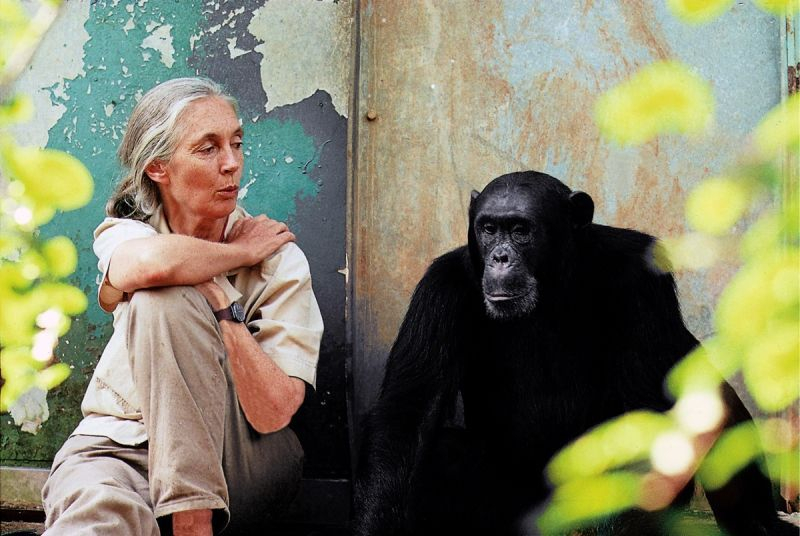
Photo: Taiwan Today 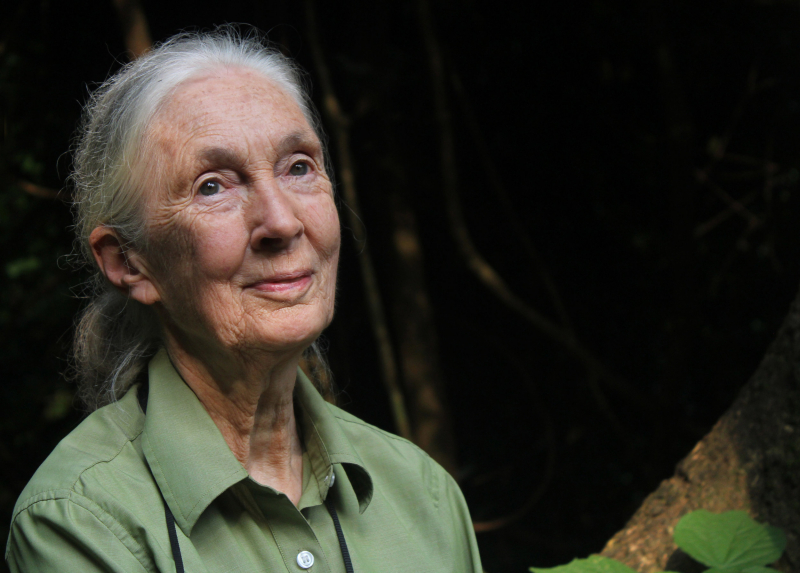
Photo: Maven Productions


























